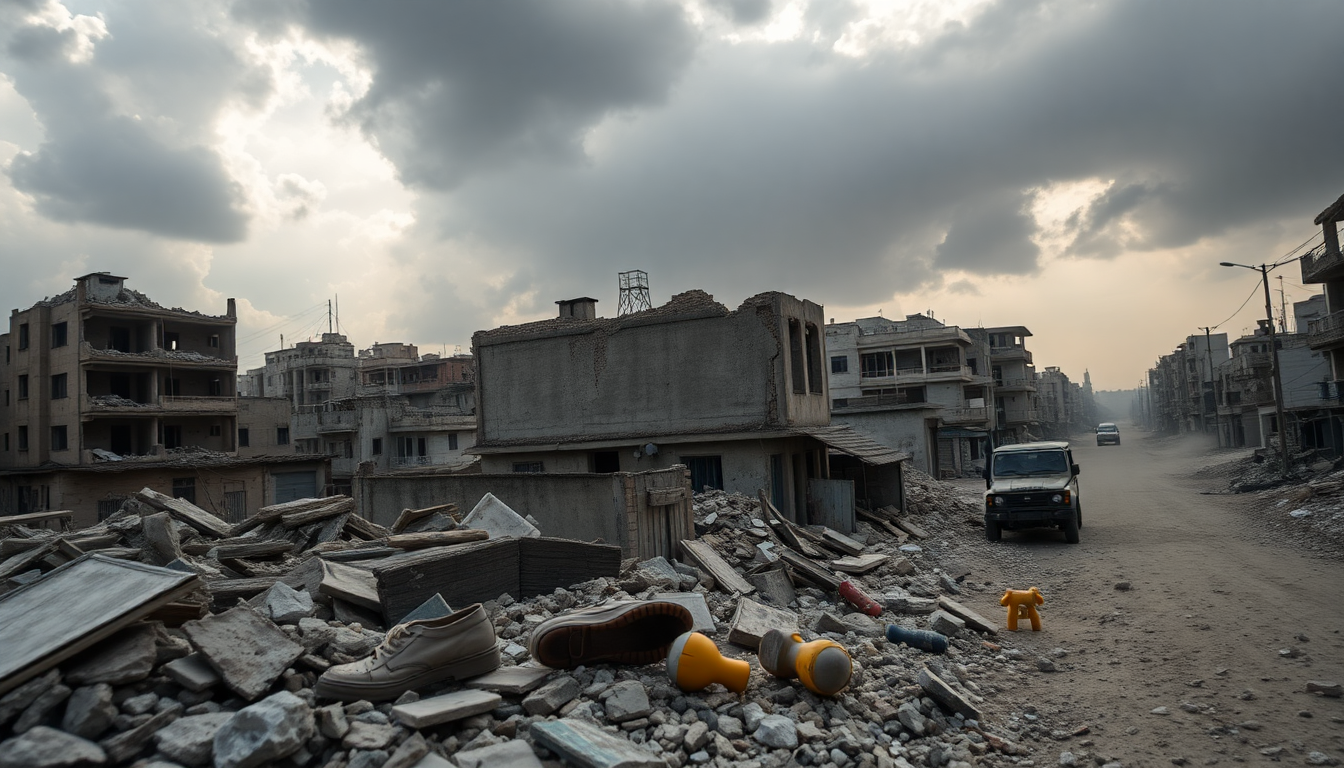Table of Contents
The ongoing conflict in Gaza has reached a critical moment, with Israel’s defense minister issuing stark warnings about the fate of Gaza City. As tensions escalate, the humanitarian situation worsens. Have you ever wondered how military strategies impact the lives of everyday people caught in the middle? This is precisely what is unfolding now, as the world watches closely.
Military Escalation and Strategic Objectives
On Friday, Israel’s Defense Minister Israel Katz cautioned that Gaza City might face destruction unless Hamas concedes to Israel’s terms. This warning follows Prime Minister Benjamin Netanyahu’s authorization for a significant military operation to capture Gaza City.
Katz’s rhetoric has intensified, claiming that the fate of Gaza could mirror that of Rafah and Beit Hanoun, areas already devastated by conflict. The military’s objective is clear: dismantle Hamas’s stronghold in Gaza City, a critical hub for militant activity and a network of tunnels.
In this charged atmosphere, Katz reiterated Israel’s preconditions for a ceasefire, emphasizing the necessity for the release of all hostages and the complete disarmament of Hamas. But what happens when one side makes demands that the other finds unacceptable? These conditions have drawn sharp criticism from Hamas, which accused Katz of actions tantamount to ethnic cleansing.
While the militant group has expressed a willingness to negotiate the release of captives, they remain steadfast against disarmament without establishing a Palestinian state.
The Humanitarian Crisis Deepens
The situation in Gaza City is further complicated by severe humanitarian challenges.
The Integrated Food Security Phase Classification has declared that Gaza is now experiencing famine, impacting nearly half a million people—about one-fourth of its population. Can you imagine facing catastrophic hunger amid ongoing hostilities? This alarming assessment indicates that many residents are at risk, exacerbated by the restrictions on humanitarian aid.
Israeli officials counter these claims, insisting that sufficient aid has been allowed into Gaza, yet humanitarian organizations argue that the assistance provided is woefully inadequate given the scale of the crisis.
As military operations ramp up, the implications for civilians are dire. Reports indicate that at least 62,263 Palestinians have lost their lives since the onset of hostilities, with many casualties resulting from airstrikes and ongoing military engagements. The Gaza Health Ministry, operating under Hamas, has documented these figures, which include a significant proportion of women and children. The lack of a comprehensive and reliable casualty count adds to the confusion, with many in the international community demanding accountability and transparency.
Negotiations and the Path Forward
In light of the escalating violence, Netanyahu has urged officials to pursue immediate negotiations aimed at securing the release of hostages and ending the conflict on terms favorable to Israel. But how realistic is this approach? The feasibility of such negotiations remains uncertain, especially considering Hamas’s demands and the complexities introduced by various international mediators. The potential for a ceasefire exists, contingent upon progress in discussions surrounding hostage exchanges and troop withdrawals.
As ground troops operate in strategic locations throughout Gaza, the possibility of a broader offensive looms large. Many Israelis express concern that a large-scale assault could jeopardize the safety of the remaining hostages. The situation is indeed precarious, with humanitarian organizations warning that renewed fighting could exacerbate an already dire crisis, complicating the logistics of civilian evacuation.
With the conflict showing no signs of abating, the coming days will be crucial in determining both military outcomes and humanitarian responses. The international community watches with bated breath, hoping for a resolution that prioritizes the safety and well-being of civilians caught in the crossfire. What will happen next? Only time will tell.





